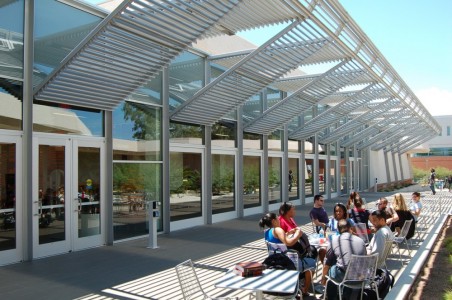
University of Arizona James E. Rogers College of Law Renovation - Gould Evans - US
Architect: Gould Evans
Location: Tucson, Arizona, US
Project Year: 2008
Client: University of Arizona
Project Cost: $21M
CMAR: Hensel Phelps
Landscape Architect: Wheat Scharf
Structural Engineer: Paragon Structural Design
Mechanical/Electrical/Plumbing Engineer: Bridgers & Paxton
Technology Consultant: The Sextant Group
Photography: Roland Bishop
Gould Evans renovation of the existing Law School complex at the University of Arizona, originally constructed in 1976, has been transformed into the Law Commons, home to theJames E. Rogers College of Law and Daniel F. Cracchiolo Law Library. Respecting yet modernizing the original architecture, the new design strives to heighten a sense of community and accommodate the way students study and interact today.
The project involved ‘heavy’ renovation of the basement and first floors of the College’s Main Building, and ‘light’ renovation of both the Main Building’s second floor and nearby Lecture Hall Building. A small Classroom Building was demolished in order to create a more open and accessible entry, patio, and courtyard area. The project’s guiding principle was to ‘facilitate learning through enhanced communication and collaboration.’
Specific goals included:
- A transformational concept
- Formation of a college “heart”
- ‘Sticky’ space where students can hang out
- Spaces that nurture student/faculty connection
- Communication of the College’s history
In renovating the College of Law, the design team transformed dark, low, insular spaces into open, day lit volumes. Natural light was introduced into the building’s core via two major procedures:
PEELING AWAY existing concrete panels that clad the building’s facades
&
UNPLUGGING building elements from the center of both building and site
New glazing and shade systems mark moments of removal and filter daylight to every floor. The resulting open, flexible spaces offer inhabitants opportunities to study, socialize, and relax in a visually connected, socially accessible environment. Furthermore, the team focused on creating a ‘destination’ library, where library boundaries visually and spatially overlap with student spaces, common areas, and reference zones.
The renovation’s most distinctive feature is the new north entry. Obscured by a small classroom building, the original entrance was dark and difficult to locate. By demolishing the classroom building, peeling away precast concrete panels on the north façade, and installing a shade canopy inspired by the profile of the building’s precast concrete panels, the team opened up the courtyard and created a prominent, welcoming entry. A new patio allows students to congregate under the shade of the canopy during the day. For special events, pivot doors at the threshold of patio and lobby can be opened to create a continuous indoor-outdoor room.
In addition to peeling away concrete panels from the façade, the team transformed the interior by “unplugging” portions of solid roof, using glass partitions whenever possible, and raising ceiling heights. By reconfiguring the building’s HVAC distribution, the team was able to raise the basement ceiling from under eight to over ten feet in height. With a more gracious ceiling height, access to natural light, and programmatic elements pushed to perimeter walls, the resultant lower level reading room is open and light – a comfortable place for students to study long hours.
The completed project has successfully created an environment which fosters community within the College, facilitates learning, and creatively honors partnerships among the college, professionals, alumni and distinguished visitors.
- University of Arizona James E. Rogers College of Law Renovation – Gould Evans – US
- University of Arizona James E. Rogers College of Law Renovation – Gould Evans – US
- University of Arizona James E. Rogers College of Law Renovation – Gould Evans – US
- University of Arizona James E. Rogers College of Law Renovation – Gould Evans – US
- University of Arizona James E. Rogers College of Law Renovation – Gould Evans – US
- University of Arizona James E. Rogers College of Law Renovation – Gould Evans – US
- University of Arizona James E. Rogers College of Law Renovation – Gould Evans – US
- University of Arizona James E. Rogers College of Law Renovation – Gould Evans – US
- University of Arizona James E. Rogers College of Law Renovation – Gould Evans – US
- University of Arizona James E. Rogers College of Law Renovation – Gould Evans – US
- University of Arizona James E. Rogers College of Law Renovation – Gould Evans – US
- University of Arizona James E. Rogers College of Law Renovation – Gould Evans – US
- University of Arizona James E. Rogers College of Law Renovation – Gould Evans – US
- University of Arizona James E. Rogers College of Law Renovation – Gould Evans – US


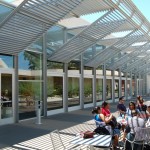
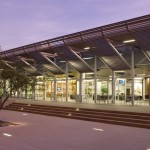
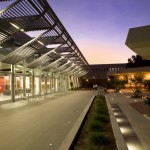
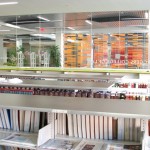
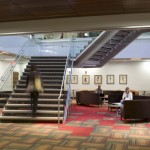
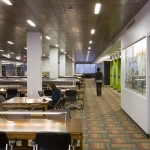
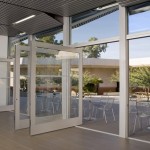
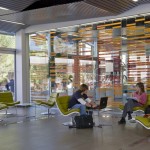
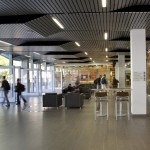
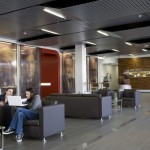
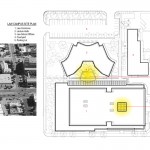
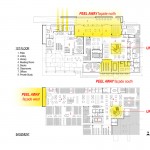
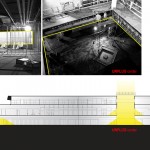
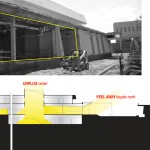

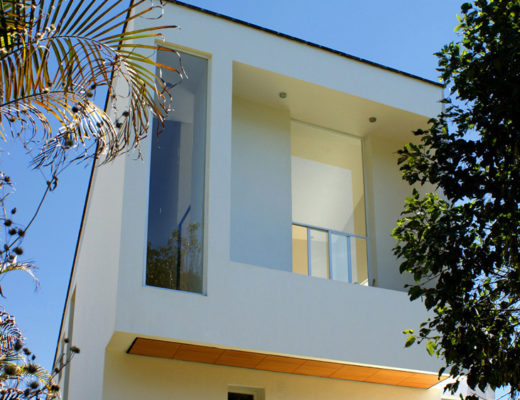
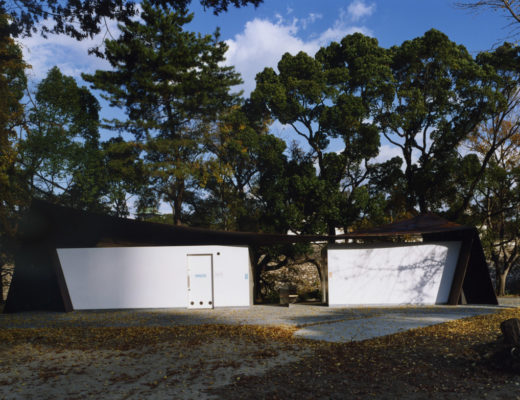
No Comments